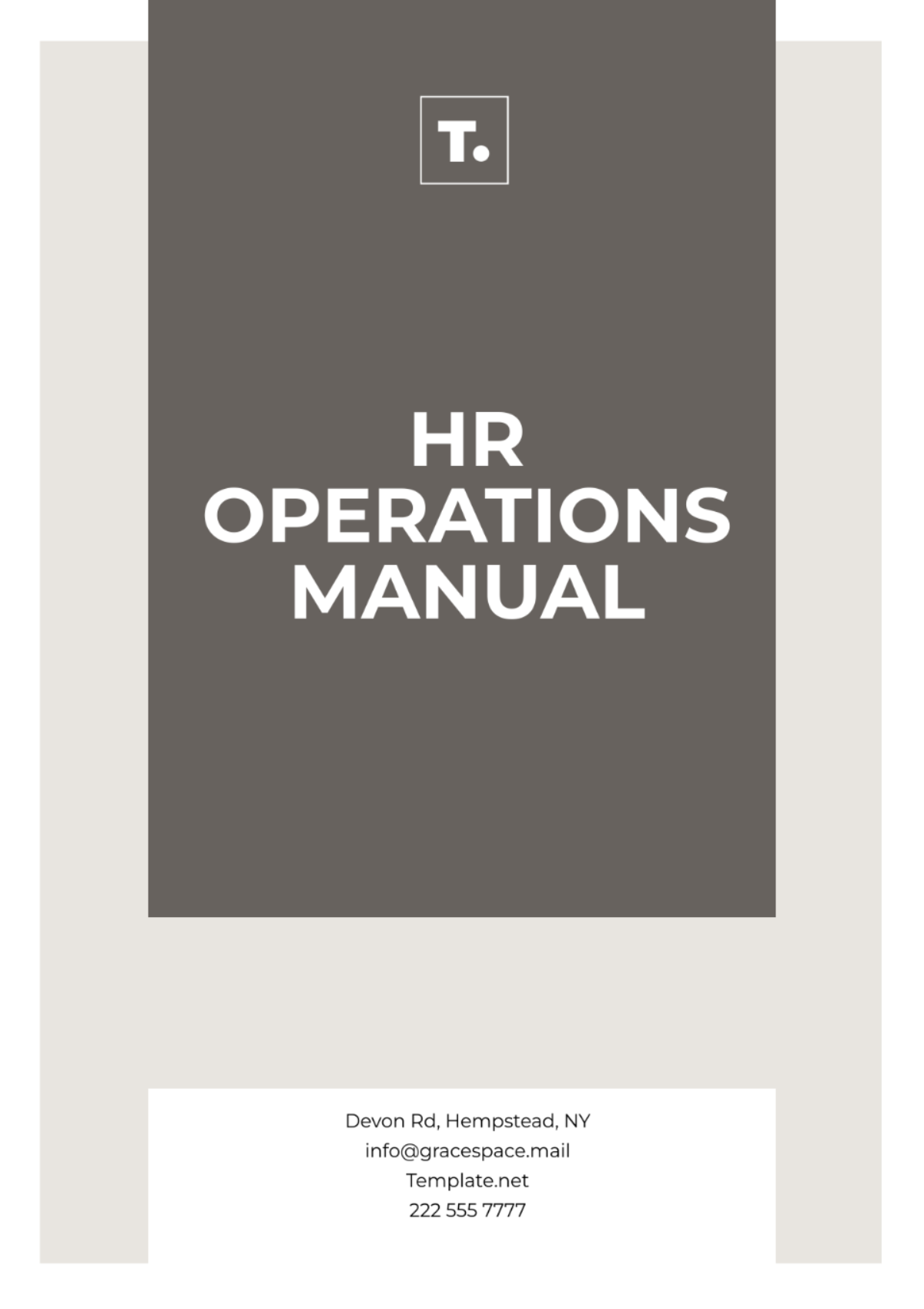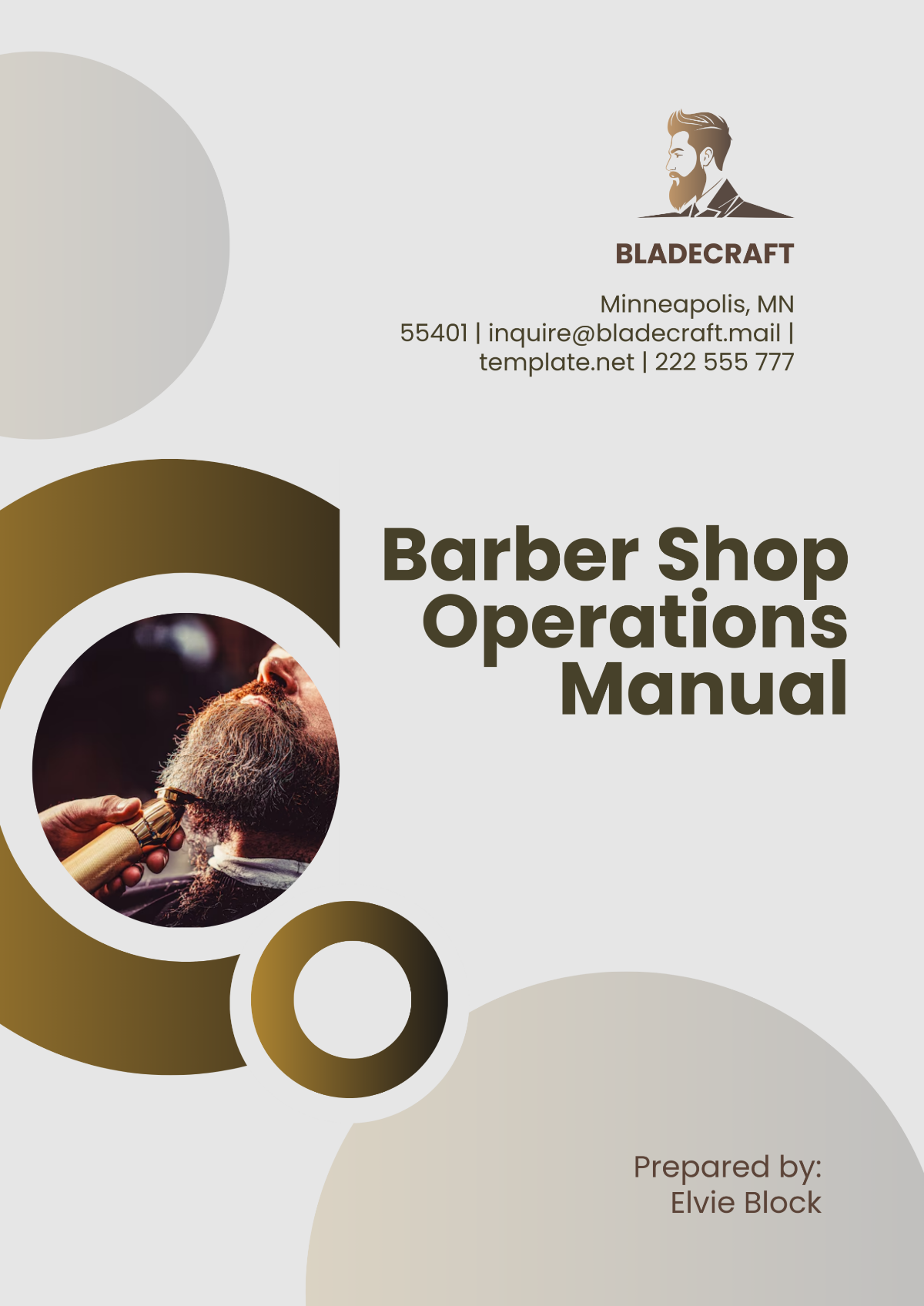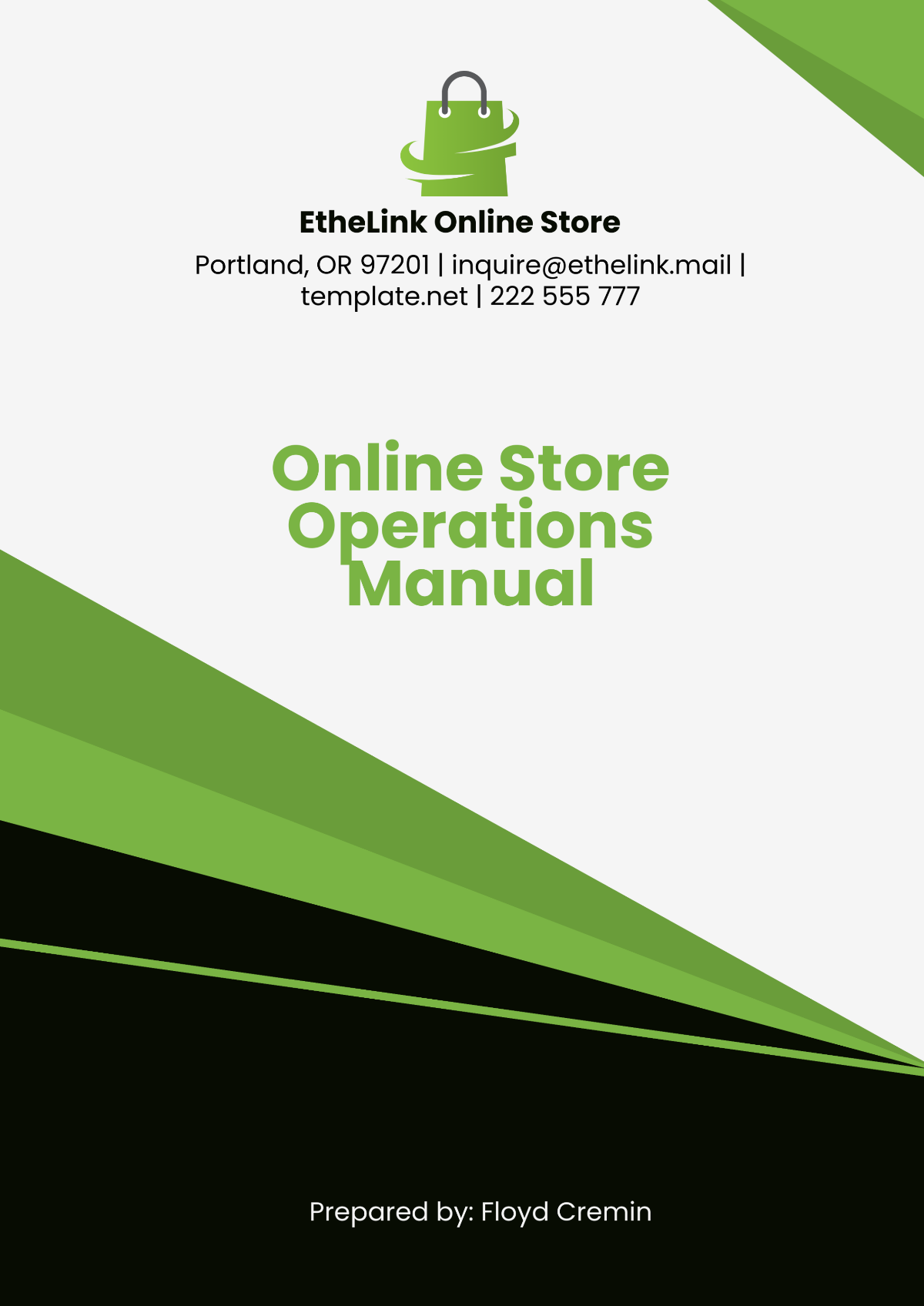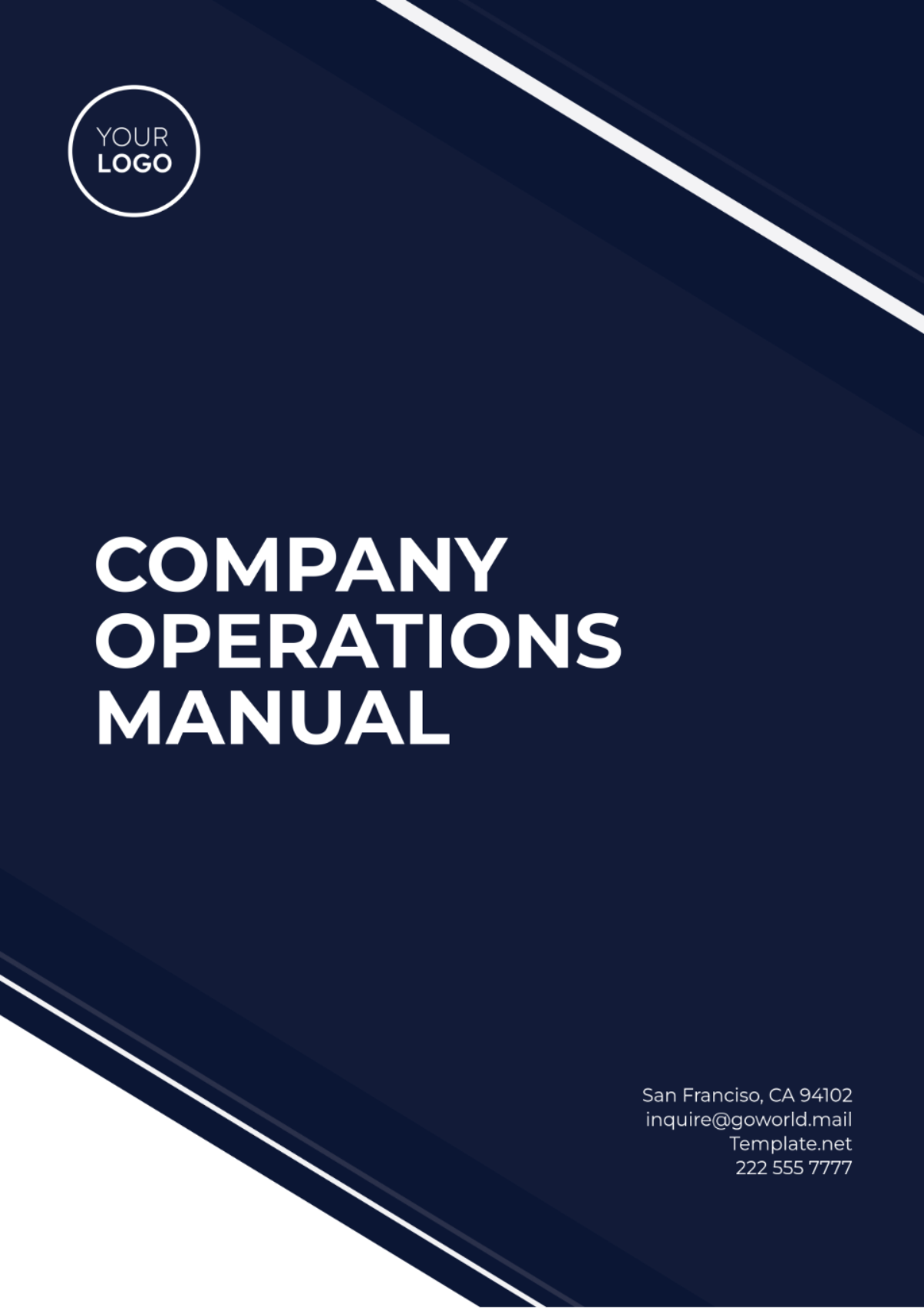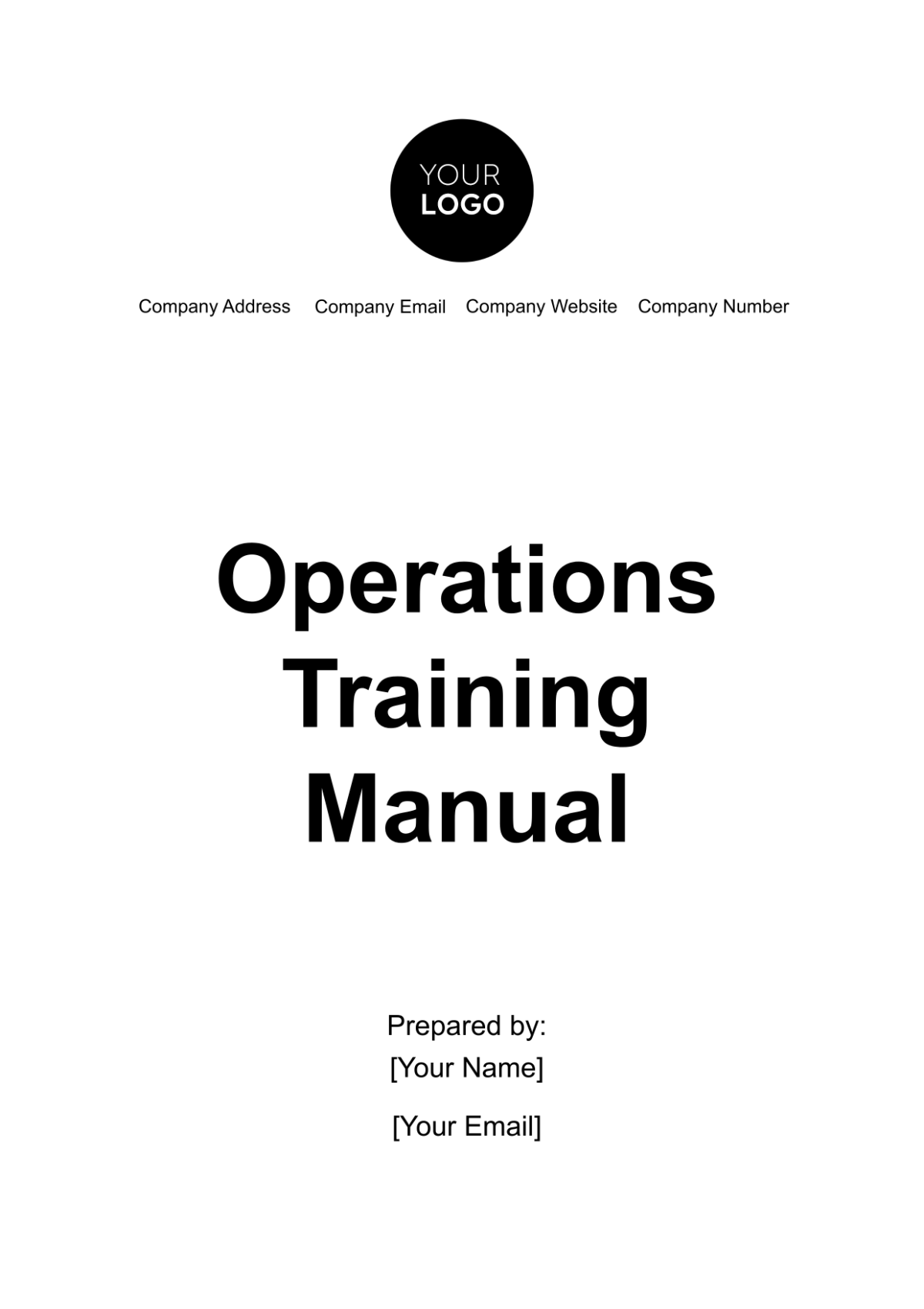Sales Client Onboarding And Integration Manual
Introduction
This manual serves as a foundational resource, meticulously crafted to empower our sales professionals with the knowledge and methodologies essential for orchestrating a seamless and client-centric onboarding and integration experience. With precision and clarity, it articulates the overarching purpose of guiding our team through the intricacies of client engagement, from the initial contact to successful integration.
Key Objectives:
Strategic Alignment: Ensure that the onboarding process aligns strategically with our organizational goals, fostering long-term client relationships and driving overall business success.
Consistency and Standardization: Establish a standardized framework that guarantees consistency in client onboarding procedures, irrespective of the unique attributes of individual clients or projects.
Client-Centric Approach: Emphasize a client-centric ethos, placing the client's needs, expectations, and satisfaction at the forefront of every interaction and phase of the onboarding journey.
Knowledge Transfer: Facilitate the effective transfer of product and service knowledge, equipping our sales professionals with the tools needed to articulate the value proposition convincingly.
Risk Mitigation: Mitigate potential risks by providing proactive guidance on common challenges and offering solutions, ensuring a proactive and responsive approach to client concerns.
Outcome:
By internalizing the principles elucidated in this manual, our sales professionals will be well-equipped to deliver a superlative onboarding experience, fostering enduring client loyalty and bolstering the reputation of our products and services in the marketplace.
Importance of Client Onboarding
In the dynamic landscape of modern business, client onboarding stands as a pivotal cornerstone in our commitment to client success. This section delves into the multifaceted importance of a robust onboarding process, elucidating its profound impact on both short-term engagements and the long-term viability of our client relationships.
Strategic Advantages
First Impressions Matter: The initial interactions with a client set the tone for the entire relationship. A well-executed onboarding process not only instills confidence but also positions us as a reliable and attentive partner from the outset.
Retention and Loyalty: A meticulously crafted onboarding experience significantly contributes to client retention. By ensuring clients swiftly realize the value of our offerings, we fortify their commitment and loyalty, reducing the likelihood of attrition.
Maximizing Client Value: An effective onboarding process accelerates the time-to-value for our clients. By expeditiously integrating them into our ecosystem, we empower them to derive maximum utility from our products or services, enhancing their overall satisfaction.
Referral Potential: Satisfied clients become powerful advocates. A positive onboarding experience not only solidifies our relationship with the existing client but also enhances the likelihood of them recommending our services to others in their network.
Operational Efficiency
Reducing Friction:
Streamlining the onboarding process minimizes friction and accelerates the time from acquisition to active engagement. This operational efficiency benefits both our clients and internal teams, fostering a collaborative and smooth onboarding journey.
Data-Driven Insights:
The onboarding phase serves as a valuable source of insights. Analyzing client interactions and feedback during onboarding provides us with data-driven intelligence, enabling continuous improvement in our products, services, and processes.
Long-Term Client Success
Setting the Foundation:
Successful onboarding lays a solid foundation for the entire client lifecycle. It ensures that clients possess the requisite knowledge and resources to navigate our offerings independently, fostering sustained success over time.
Adaptability to Client Needs:
By understanding client needs early in the onboarding process, we position ourselves to adapt and evolve our offerings proactively. This adaptability is key to meeting evolving client expectations and staying ahead in a competitive landscape.
In essence, the significance of client onboarding transcends mere transactional processes; it embodies our commitment to delivering exceptional value, building enduring relationships, and positioning ourselves as a trusted partner in our clients' success journeys.
Goals and Objectives
Strategic Alignment
Foster Client Satisfaction and TrustCultivate an environment where client satisfaction is not just a goal but a fundamental aspect of our service ethos. By consistently exceeding expectations in the onboarding process, we aim to build unwavering trust with our clients.
Accelerate Time-to-Value
Expedite the realization of value for our clients by providing them with the tools, knowledge, and support needed to swiftly integrate into our ecosystem. A key goal is to minimize the time it takes for clients to derive tangible benefits from our products or services.
Operational Excellence
Ensure Consistency Across Onboarding Processes
Establish a standardized onboarding framework to ensure uniformity and consistency in our approach. This objective is geared towards creating a seamless experience for clients while facilitating internal processes for our sales professionals.
Enhance Efficiency Through Technology
Leverage technological solutions to enhance the efficiency of the onboarding process. By incorporating automation, analytics, and user-friendly interfaces, we aim to streamline operations and deliver a more agile and responsive onboarding experience.
Client-Centric Approach
Personalize Onboarding Experiences
Tailor the onboarding experience to individual client needs. Through personalized communication, targeted training, and adaptable processes, we seek to demonstrate our commitment to understanding and meeting the unique requirements of each client.
Proactive Issue Resolution
Anticipate and address potential challenges before they impact the client experience. Proactive issue resolution is integral to maintaining a positive client perception during the onboarding phase and beyond.
Continuous Improvement
Gather Actionable Feedback
Establish robust mechanisms for collecting actionable feedback from clients during and after the onboarding process. This data-driven approach enables us to identify areas of improvement and refine our onboarding strategies continually.
Iterative Enhancement of Processes
Embrace a culture of continuous improvement by iteratively enhancing our onboarding processes. This involves regular reviews, analysis of key performance indicators, and a commitment to adapting our methodologies based on evolving client needs and industry trends.
Long-Term Client Success
Facilitate Seamless Transition to Ongoing Support
Ensure a smooth transition from the onboarding phase to ongoing support. By seamlessly connecting clients with post-onboarding resources, we aim to facilitate long-term success and sustained value realization.
Measure Client Success Beyond Onboarding
Extend our focus beyond the onboarding phase and establish key performance indicators to measure client success throughout their entire lifecycle. This holistic approach ensures that our goals align with the enduring success and satisfaction of our clients.
In essence, these goals and objectives collectively guide our efforts in creating an onboarding experience that not only meets immediate needs but also contributes to the long-term success and satisfaction of our valued clients.
Pre-Onboarding Phase
Client Identification and Information Gathering
Before initiating the onboarding process, sales professionals must collect essential client information, including contact details, business requirements, and any specific preferences. A standardized form is provided for efficient data collection.
Initial Contact and Introduction
This section details the recommended approach for the initial client contact, including a template for the introduction email or call script. Emphasis is placed on establishing rapport and setting the stage for a collaborative relationship.
Preliminary Needs Assessment
Prior to onboarding, sales professionals conduct a preliminary needs assessment to understand the client's specific requirements. A checklist is provided to ensure all relevant aspects are considered.
Product or Service Overview
Detailed Description of Products/Services
This section provides an in-depth overview of our products or services, including their functionalities, capabilities, and key differentiators. Visual aids such as product brochures or links to online resources are included.
Key Features and Benefits
Sales professionals are guided through articulating the key features and benefits of our offerings. This section includes a template for creating customized value propositions based on client needs.
Unique Selling Points
Highlighting our unique selling points, this section equips sales professionals with compelling narratives to communicate the distinct advantages of choosing our products or services.
Onboarding Timeline
Overview of the Onboarding Process
Sales professionals are presented with an overview of the entire onboarding process, emphasizing the sequential nature of each stage. A visual representation of the onboarding timeline is provided for clarity.
Milestones and Stages
This section breaks down the onboarding process into distinct milestones and stages. Each milestone is accompanied by a description, objectives, and the specific tasks involved, ensuring a clear roadmap for both the sales team and the client.
Estimated Time Frames
To manage client expectations effectively, this section provides estimated timeframes for each stage of the onboarding process. It accounts for variations based on the complexity of the client's needs and the specific products or services being implemented.
Communication Protocols
Client Communication Guidelines
Guidelines are established for effective communication with the client throughout the onboarding process. This includes frequency of updates, preferred communication channels, and the tone to be maintained in all client interactions.
Regular Updates and Progress Reports
Sales professionals are instructed to provide regular updates and progress reports to clients. A template for progress reports is included, ensuring consistency in reporting and transparency in the onboarding journey.
Feedback Mechanisms
Encouraging a two-way communication flow, this section outlines mechanisms for collecting client feedback. Forms, surveys, or scheduled feedback sessions are provided as tools to gauge client satisfaction and identify areas for improvement.
Training Resources
Training Materials
This section provides access to a repository of training materials, including video tutorials, user manuals, and FAQs. Sales professionals are guided on how to tailor training resources based on the client's specific needs.
Scheduled Training Sessions
A schedule for live training sessions is outlined, including dates, times, and topics to be covered. Sales professionals are encouraged to coordinate with clients to ensure attendance and engagement during these sessions.
Online Resources and Documentation
Links to online resources, documentation, and knowledge bases are provided for both internal reference and sharing with clients. This ensures that clients have access to comprehensive materials for ongoing self-learning.
Integration Procedures
Step-by-Step Integration Instructions
This section provides a detailed, step-by-step guide on integrating the client into our systems and processes. It includes screenshots, configuration settings, and any prerequisites, ensuring a smooth and error-free integration experience.
Integration with Sales Processes
Sales professionals are guided on how to seamlessly integrate clients into existing sales processes. This may involve aligning the client with the sales funnel, incorporating them into CRM systems, and establishing effective communication channels between sales teams and clients.
Integration with Systems and Tools
Detailed instructions are provided for integrating clients into relevant systems and tools. Whether it's integrating with our platform, third-party applications, or data exchange protocols, this section ensures that the integration is technically sound and aligns with the client's requirements.
Troubleshooting and Support
Common Issues and Solutions
Sales professionals are equipped with a troubleshooting guide, outlining common issues that may arise during onboarding and integration. For each issue, recommended solutions and escalation procedures are provided to ensure swift problem resolution.
Support Channels and Contact Information
Clear communication channels for client support are detailed, including contact information for relevant support teams. This section emphasizes the importance of prompt communication and directs sales professionals on when and how to escalate issues on behalf of the client.
Escalation Procedures
In the rare event of complex issues, this section outlines the escalation procedures. Sales professionals are provided with a hierarchical structure for escalating issues to higher levels of support or management, ensuring timely resolution.
Post-Integration Evaluation
Client Feedback Collection
Methods for collecting post-integration feedback from clients are outlined. This may include surveys, feedback forms, or scheduled post-implementation reviews. The goal is to gather insights into the client's experience and identify areas for improvement.
Evaluation of Onboarding Success
Sales professionals are guided on how to assess the success of the onboarding process. Key performance indicators (KPIs) are identified, and a checklist is provided for evaluating whether the client has achieved their desired outcomes.
Continuous Improvement Strategies
Based on feedback and evaluation, this section encourages sales professionals to identify areas for continuous improvement in the onboarding and integration process. Strategies for refining processes and enhancing client experiences are explored.
This Sales Client Onboarding and Integration Manual serves as a comprehensive guide to elevate our client engagement processes. By embracing the principles outlined within, our sales professionals are empowered to not only meet immediate needs but also contribute to the long-term success and satisfaction of our valued clients.






